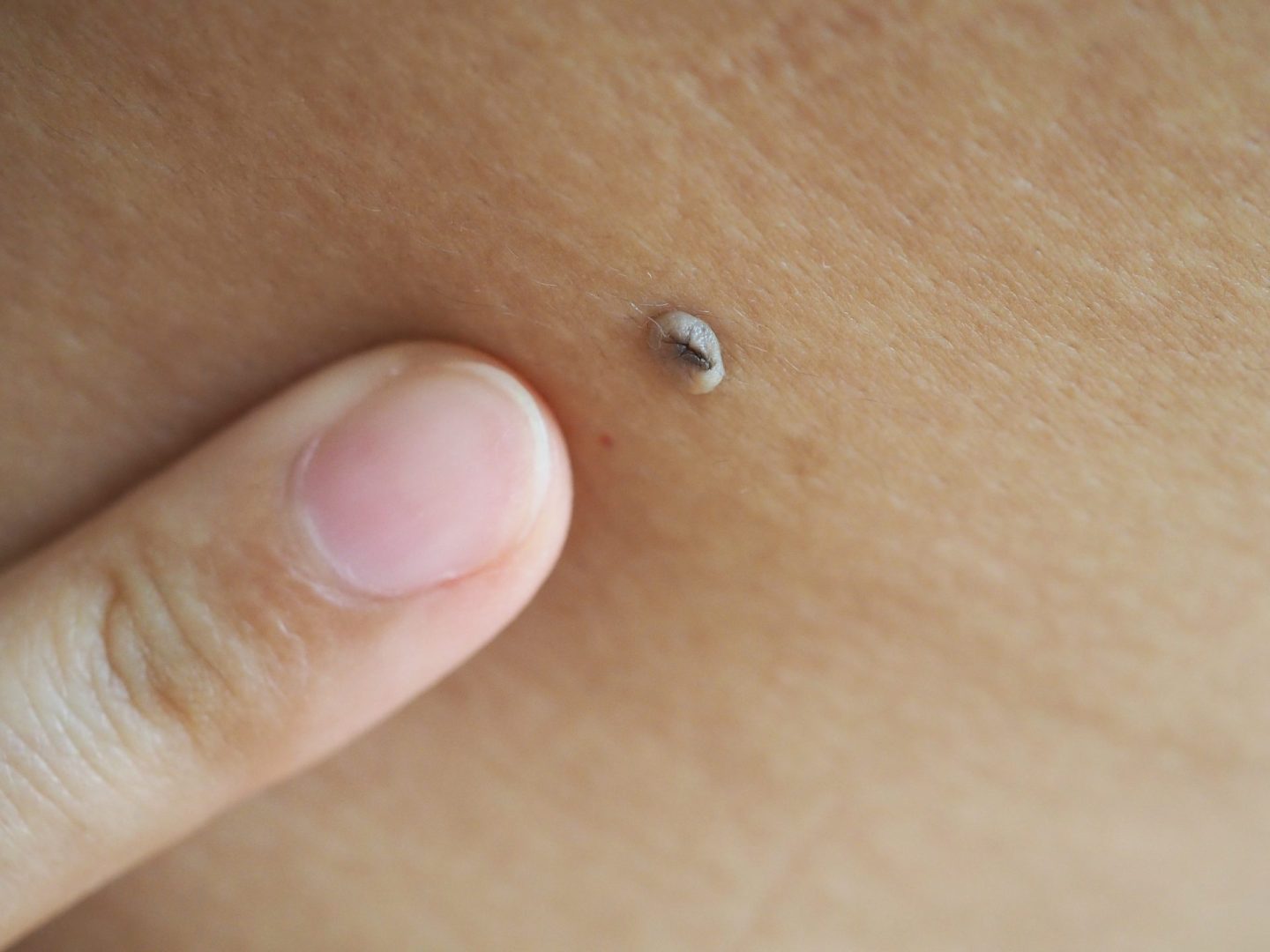Skin tags, those small, soft growths that dangle from the skin, often appear without warning and can spark curiosity or frustration. These benign flaps, typically flesh-colored or slightly darker, are harmless but can be bothersome when they catch on clothing or jewelry. Often found in areas like the neck, armpits, or groin, they range from a few millimeters to a centimeter in size. While their exact cause remains elusive, certain factors consistently contribute to their formation. Below are five key reasons you might be developing skin tags in 2025, along with insights into what drives these common growths and how to minimize their occurrence.
1. Friction from skin or clothing
Skin tags frequently appear in areas where skin rubs against itself or clothing, such as underarms, neck creases, or under the breasts. This constant friction irritates the skin, prompting extra cells to form in the top layers, which can cluster into a tag-like growth. Tight clothing, heavy jewelry, or repetitive movements exacerbate this irritation, especially in skin folds. For example, wearing snug collars or necklaces can trigger tags on the neck, while tight waistbands may lead to growths in the groin area. Over time, these small irritations encourage the skin to produce these soft, hanging flaps, particularly in areas prone to chafing.
2. Hormonal fluctuations
Changes in hormone levels play a significant role in skin tag development, particularly during pregnancy or menopause. Elevated levels of hormones like estrogen and progesterone, common during pregnancy, can stimulate skin cell growth, leading to new tags. Weight gain during pregnancy also creates more skin folds, increasing friction. Similarly, hormonal shifts during menopause can alter skin elasticity, making it more susceptible to forming tags. These fluctuations may also influence collagen production, a protein essential for skin structure, which, when disrupted, contributes to the growth of these benign lesions, especially in women.
3. Excess body weight
Carrying extra weight often leads to more skin folds, which heighten friction and create ideal conditions for skin tags. Beyond physical rubbing, excess weight can trigger metabolic changes, such as increased insulin levels, that promote skin cell overgrowth. This is particularly true in areas like the armpits, groin, or under the breasts, where skin naturally creases. Maintaining a healthy weight through balanced nutrition and regular exercise can reduce these folds and lower the likelihood of developing tags, as it minimizes both friction and the metabolic shifts that encourage their formation.
4. Aging skin changes
As the body ages, skin naturally loses collagen and elastin, proteins that keep it firm and elastic. This loss, which becomes more pronounced after age 40, makes skin more prone to forming tags. By the fifth or sixth decade, nearly two-thirds of adults may have at least one skin tag, often in areas like the neck or eyelids. The gradual decline in skin elasticity allows extra tissue to accumulate in response to minor irritations or friction, resulting in these growths. While aging is inevitable, keeping skin hydrated and minimizing irritation can help manage their appearance.
5. Genetic predisposition
If skin tags run in your family, you’re more likely to develop them. Genetic factors influence how your skin responds to friction, hormonal changes, or aging, increasing the chances of forming these growths. For some, a family history means tags appear earlier or in greater numbers, often clustering in areas like the neck or underarms. While you can’t change your genetics, being aware of this predisposition can encourage proactive steps, like reducing friction or maintaining overall skin health, to lessen the likelihood of developing new tags.
Why skin tags matter
Skin tags are benign and pose no health risks, but their appearance can cause cosmetic concerns or discomfort if they rub against clothing or jewelry. In rare cases, a tag may twist on its stalk, leading to pain or discoloration, or become irritated enough to bleed. Their presence may also signal underlying metabolic issues, such as insulin resistance, which can be linked to conditions like type 2 diabetes or obesity. While not a direct cause for alarm, noticing multiple tags or sudden increases in their number might prompt a closer look at overall health, particularly blood sugar levels or weight management.
Prevention strategies
Completely preventing skin tags may not be possible, especially if genetics or aging are factors, but certain habits can reduce their likelihood. Opt for loose-fitting clothing to minimize friction in high-risk areas like the neck, armpits, or groin. Avoid heavy jewelry that rubs against the skin, such as tight necklaces or bracelets. Maintaining a healthy weight through a balanced diet rich in whole foods and regular physical activity can reduce skin folds and metabolic changes that contribute to tags. Keeping skin clean and moisturized with gentle, non-irritating products may also help, as dry or inflamed skin can be more susceptible to growths. Regular skin checks can catch new tags early, allowing for timely management if they become bothersome.
When to seek professional help
Most skin tags require no treatment and may even fall off on their own. However, if a tag becomes painful, bleeds, changes color, or grows significantly, it’s wise to consult a healthcare professional. These changes could indicate irritation or, in rare cases, a different skin condition that mimics a tag, such as a wart or mole. Removal, if desired for cosmetic or comfort reasons, should always be done by a professional to avoid infection, scarring, or incomplete removal. Common methods include freezing with liquid nitrogen, burning with electrical current, or snipping with sterile tools, all performed with minimal discomfort after numbing the area.
Managing skin tags in 2025
In 2025, skin tags remain a common part of aging and lifestyle, affecting roughly half of adults at some point. Their appearance, while often a minor annoyance, can be managed by addressing contributing factors like friction, weight, and hormonal changes. By wearing loose clothing, staying active, and maintaining healthy skin, you can reduce the chances of new tags forming. For those already dealing with tags, professional removal offers a safe, quick solution, especially for tags in visible or sensitive areas like the eyelids or face. Understanding these five reasons—friction, hormonal shifts, excess weight, aging, and genetics—empowers you to take control of your skin’s health and feel confident in your appearance.
















